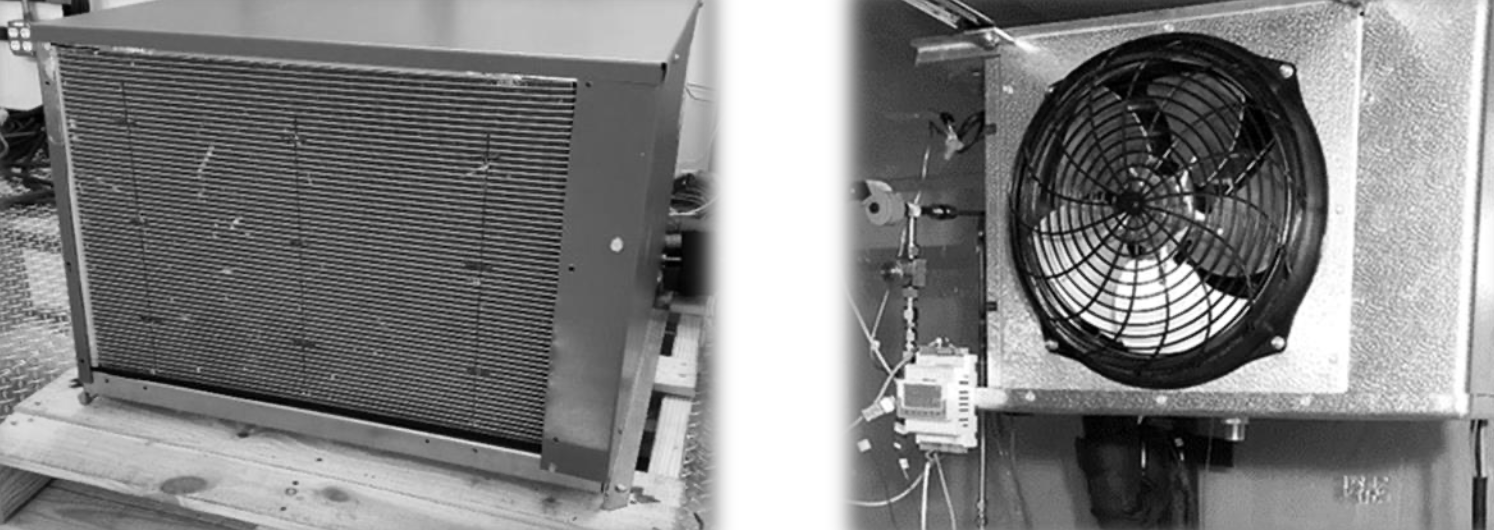Project Info
COMPLETE
 Project Title
Project Title
 Project Title
Project Title
Walk-in Coolers/Freezers low GWP and EE performance assessment (SCE-CARB-CTS collaboration)
Project Number ET19SCE7070 Organization SCE End-use Process Loads Sector Commercial Project Year(s) 2019 - 2022Description
To help California reach SB1383 short-lived climate pollutant goals, this project will demonstrate the energy efficiency and environmental benefits of low GWP refrigerant based systems for walk-in freezers and coolers. There are thousands of these units that keep food product at the right temperature for public safety. It is believed by the project team that there are opportunities for retro-fit of existing equipment that will allow for energy efficiency and CARB low-GWP incentives. This project will help determine what the benefit can be. Also, demonstrate how technologies can be incented for energy efficiency and for GWP reduction through the CARB.
Project Report Document
Loading PDF Preview...
